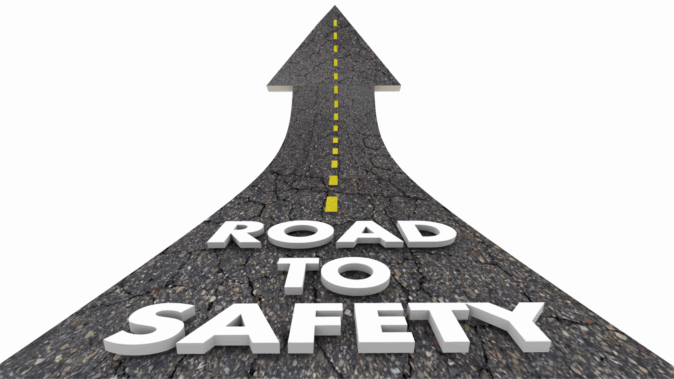Tips for Working in Construction During Winter
Dress for Success
The cornerstone of winter construction survival is proper clothing. Workers should be equipped with insulated, water-resistant gear to combat the cold and stay dry. Layering is key, allowing individuals to regulate body temperature as they move between indoor and outdoor tasks. Employers should ensure that their workforce has access to high-quality winter gear, including gloves, hats, and footwear with good traction.
Cold Weather Equipment Maintenance
Extreme cold can affect the performance of construction equipment. Regular maintenance checks are crucial to prevent breakdowns that may lead to project delays. It’s essential to inspect and lubricate machinery frequently, paying special attention to components that are susceptible to freezing. Storing equipment indoors when not in use can also help maintain functionality during the winter season.
Weather Monitoring and Planning
Construction projects in winter require meticulous planning that takes weather conditions into account. Monitoring weather forecasts becomes a daily routine to anticipate temperature drops, snowfall, or freezing rain. Scheduling tasks intelligently, prioritizing indoor work during the coldest days or inclement weather, can help maintain workflow and reduce exposure to harsh conditions.
Shorter Workdays and Adequate Breaks
Winter days are shorter, reducing the amount of daylight available for construction activities. Employers should consider adjusting work schedules to maximize daylight hours and ensure the safety of their workers. Additionally, regular breaks are essential to prevent cold-related illnesses. Providing warm break areas and hot beverages can help employees stay comfortable during downtime.
Snow and Ice Management
Snow and ice can create hazardous conditions on construction sites. Regular snow removal from walkways, stairs, and work areas is crucial to prevent slips and falls. Employers should provide salt or sand for traction and educate workers on proper snow and ice removal techniques to maintain a safe working environment.
Training for Cold-Related Hazards
Workers should be trained to recognize and respond to cold-related hazards. This includes knowing the signs of frostbite and hypothermia, understanding the importance of proper hydration, and learning how to use personal protective equipment effectively. Adequate training can empower workers to prioritize their safety during winter construction projects.
Conclusion
Working in construction during the winter requires a proactive approach to address the unique challenges posed by cold weather. By implementing these tips, both employers and workers can create a safer and more productive environment, ensuring that construction projects continue to progress despite the winter chill. Prioritizing safety, planning for adverse weather conditions, and investing in proper equipment are all crucial steps to successfully navigate the winter construction landscape.
Scott Davidson, Safety and Education Director, is available to further discuss heat-related illnesses and preventitive measures. As a benefit of your membership to MCA/CPCA, there is no fee for the following services provided:
- Job Site Inspections
- Tool Box Talks
- Site Specific Safety Programs
- Help with Third Party Safety Plans (ISNET)
- Onsite, at your shop, or at our facility training (Mobile Elevated Work Platforms, Fall Protection, PPE, Haz Com, OSHA 10, OSHA 30, OSHA Refresher and more)
- Site Specific Safety Consulting (Fall Protection, Confined Space, Trenching and Excavation and more
- You can call Scott for more information.
